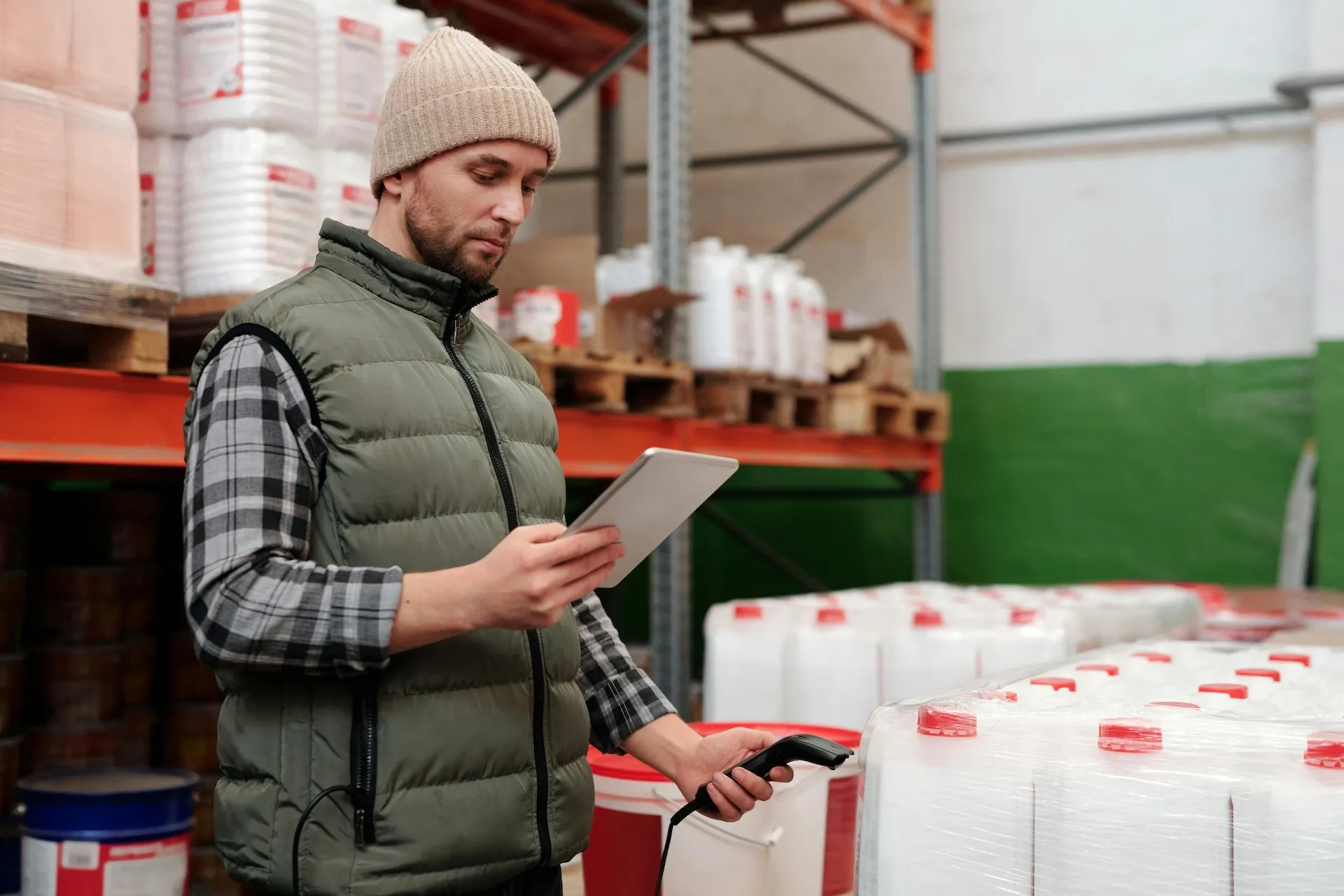
B2B Marketing Trends We Expect to See in 2026

If you’re a small- to medium-sized B2B business that hasn’t thought about its 2026 marketing plans by November 1, you’re behind the eight ball. Entrepreneurs have no choice but to “build the plane while they fly it” with a lot of things, but marketing simply can’t be one of them. The time to solidify your strategy was low-key yesterday.
Developing a smart strategy and content calendar—especially one you intend to still use 12 months from now—isn’t easy. It would be so nice to see into the future, wouldn’t it? Well…
At Elevate My Brand, we’re marketing magicians, not profit prophets, so we can’t predict the future by any means, but we’ve supported more than 400 brands over 15+ years, so we’ve seen enough to make informed decisions about 2026.
Learning How to Be a B2B Success in 2026
Let’s get this out of the way: this is a forecasting exercise, not a guarantee. With global markets, supply chains and buyer behavior all in flux, “what we think will happen” will differ at least a little bit from “what will actually happen.” But if you’re a business looking to stay ahead, these B2B marketing strategies and trends are worth penciling into your plan.
1. Client-Centric Journeys & the Loop
You can bet your bottom dollar that the B2B purchase journey won’t look like a straight funnel next year. It’ll look less like “click, convert, done” and more like “click, consider, click, reconsider, rinse, repeat, connect, convert.” Analysts are highlighting that buying committees are growing, decision paths are more complex and buyers expect more seamless experiences across all digital marketing touchpoints.
For example, a tech services firm might redesign its site so that what used to be a generic “Contact Sales” button becomes a tailored journey from self-serve diagnostics to a live demo to a personalized offer. These loops build trust, reduce friction and treat each user like a unique relationship rather than a line item.
2. Hybrid Marketing Models & Flexibility Over Structure
More small- to mid-sized B2B brands will likely adopt hybrid models in 2026, combining in-house talent with external agencies or freelance partners. According to early data, the hybrid approach is becoming the norm.
Why does this matter? A minority-owned tech firm or a specialty CPG supplier, for instance, may not have a full internal marketing team. So, with the growth of the creator/gig economy, those companies can lean into a mix—the in-house team defines the strategy and brand voice, while the external partner executes the vision with specialized skills and agility. This model offers you speed, breadth and scalability without losing your brand authenticity.
3. AI & MarTech That Actually Move the Needle
The martech stack isn’t just growing—it’s evolving in how fast it needs to adapt. By 2026, many B2B brands will expect tools that shift in real time: budget reallocation, campaign versioning and data flows that respect privacy regulations by default.
Suppose a kids’ toys manufacturer is pitching to wholesale buyers. AI-driven tools might analyze prior purchase behaviors, map pricing sensitivity and suggest an ideal bundle before your rep even picks up the phone. Meanwhile, your marketing operations team is using a tool that logs consent, tracks data use and flags any regulatory risks. That kind of stack gives you speed, trust and differentiation.
4. Thought Leadership, Storytelling & Purpose-Driven Differentiation
Features and specs alone won’t be enough in 2026. Next year, you’ll win by telling stories, embodying purpose and becoming a trusted partner rather than simply a vendor. One forecast notes that brand marketing and human-centred storytelling will regain prominence.
Picture a law firm co-creating a podcast series about business founders overcoming barriers, or an F&B supplier producing long-form video case studies of clients solving operational problems using their product. These aren’t ad spots; they’re insightful content assets that build trust with decision-makers, earn mentions and support your B2B pipeline through credibility rather than cold outreach.
Understanding the Top Takeaways
- Map loops: Audit how your buyers move now. Are they looping back, self-serving, delegating? Design experiences accordingly.
- Build your model: Decide your internal vs. external resource split. Hybrid is okay! You don’t need to reinvent everything in-house if you partner smartly.
- Invest in future tech: Choose tools that let you move fast, personalize deeply and comply automatically. Privacy is a value, not a checkbox.
- Tell your story: Create content with purpose. Shift from “we sell X” to “we solve Y.” In a crowded B2B world, meaning wins
Partnering For Your Marketing Future
Yes, these are only predictions. Markets may shift. Budgets may shrink. New technologies may surface. But if you lean into buyer-centric journeys, embrace hybrid capabilities, pick martech that scales and tell authentic, meaningful stories—you’ll be in a strong position for 2026.
And it’s totally okay if you don’t feel like you can do it alone. That’s why we exist! In 16+ years, we’ve supported over 400 brands, many of which were prominent B2B brands in tech, health, finance, business services, law, media and more.
Written in collaboration with ChatGPT